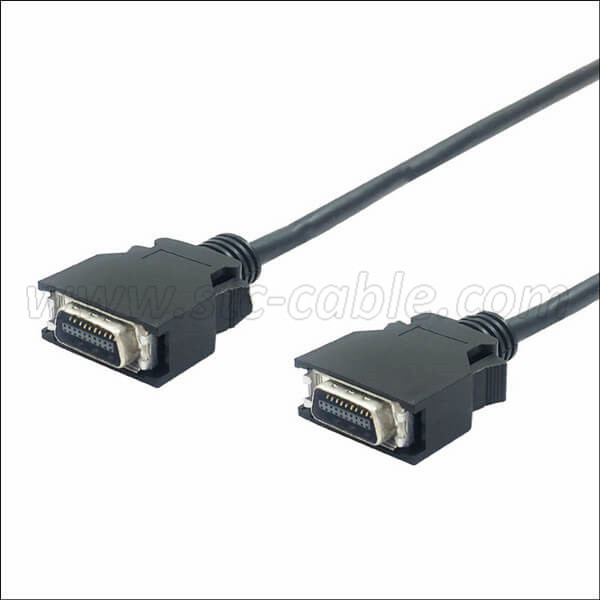How to use SCSI cable?
Using a SCSI (Small Computer System Interface) cable involves connecting SCSI devices in a network to ensure they communicate properly. Here's a step-by-step guide on how to use a SCSI cable:
1. Identify the SCSI Standard and Cable Type
Determine the SCSI standard you're working with (SCSI-1, SCSI-2, Ultra SCSI, etc.).
Identify the type of SCSI cable and connector required (e.g., 50-pin Centronics, 68-pin HD68, Mini-SAS).
2. Prepare the Devices
Power Off: Ensure all SCSI devices and the computer are powered off before connecting cables.
Check Device IDs: Each SCSI device needs a unique SCSI ID. You can usually set this ID using a jumper or switch on the device.
3. Connect the SCSI Cable
1> Internal SCSI:
For internal SCSI cables, connect one end of the cable to the SCSI interface on the internal device (e.g., hard drive, CD-ROM).
Connect the other end of the cable to the SCSI controller card in your computer.
Ensure the cable is properly seated in the connectors.
2> External SCSI:
For external SCSI cables, connect one end of the cable to the external SCSI port on the device.
Connect the other end of the cable to the external SCSI port on the computer or SCSI hub.
Some external SCSI configurations may require terminators at the end of the cable to ensure proper signal integrity.
4. Check Terminators
Internal SCSI: If you have multiple devices connected internally, ensure that the last device on the chain has a terminator installed.
External SCSI: Similarly, make sure that the external cable has a terminator at the end if the external SCSI chain does not include a terminator.
5. Verify Cable Connections
Secure Connection: Ensure all connectors are securely attached and that no pins are bent or damaged.
Cable Management: Arrange cables neatly to avoid damage or interference with other components.
6. Power On and Test
Power On: Turn on your SCSI devices and the computer.
Device Detection: Verify that the SCSI devices are detected by the computer. You may need to check the device manager or SCSI utilities provided with your operating system to confirm proper recognition.
7. Configure SCSI Devices
SCSI ID Settings: Ensure each device has a unique SCSI ID.
Terminate Properly: Make sure terminators are correctly placed in the SCSI chain to prevent signal issues.
Troubleshooting Tips
Cable Issues: If devices aren’t recognized, check if the cable is properly connected and try using a different cable if necessary.
ID Conflicts: Ensure no two devices share the same SCSI ID.
Terminator Issues: Incorrect or missing terminators can cause communication problems, so verify their placement.
By following these steps, you can set up and use SCSI cables to connect and manage SCSI devices effectively.
Send your message to us:
Post time: Aug-16-2024
